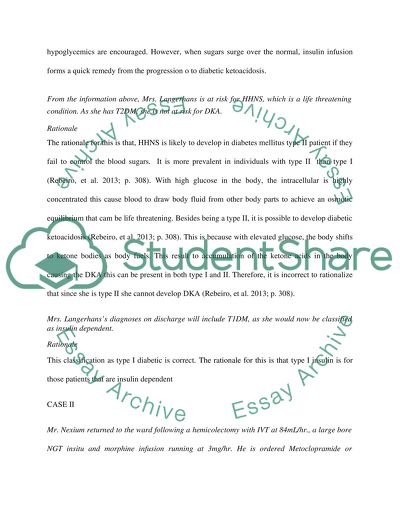Cite this document
(“The Rationale for Nursing Management Essay Example | Topics and Well Written Essays - 1750 words”, n.d.)
Retrieved from https://studentshare.org/nursing/1693392-nursing-activity-homework
Retrieved from https://studentshare.org/nursing/1693392-nursing-activity-homework
(The Rationale for Nursing Management Essay Example | Topics and Well Written Essays - 1750 Words)
https://studentshare.org/nursing/1693392-nursing-activity-homework.
https://studentshare.org/nursing/1693392-nursing-activity-homework.
“The Rationale for Nursing Management Essay Example | Topics and Well Written Essays - 1750 Words”, n.d. https://studentshare.org/nursing/1693392-nursing-activity-homework.


